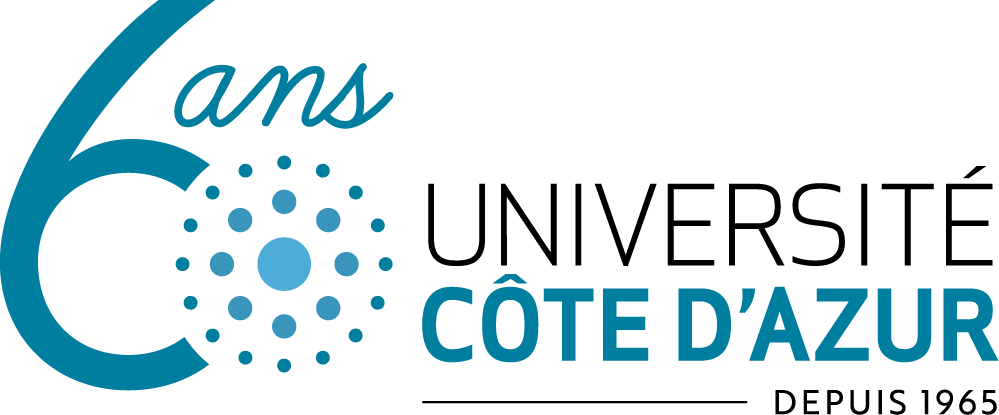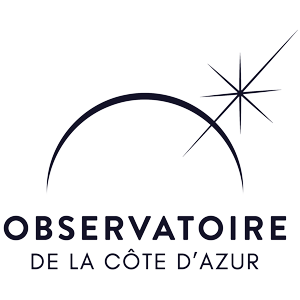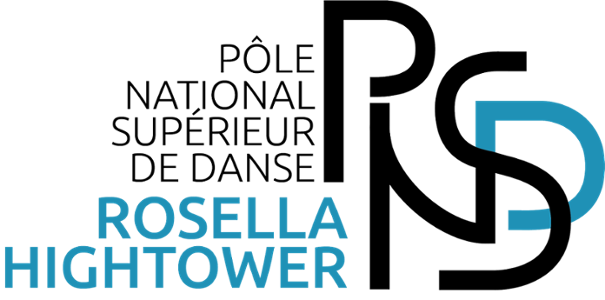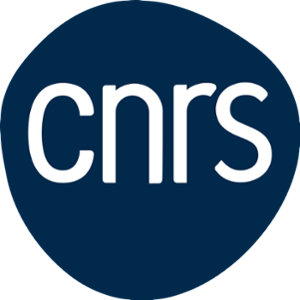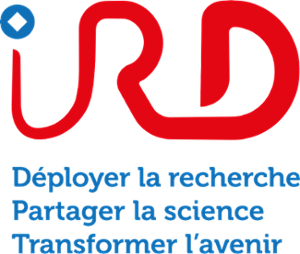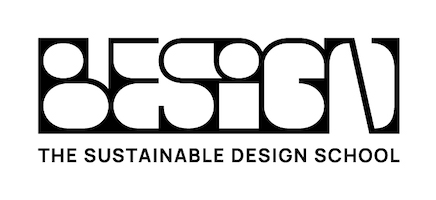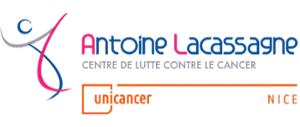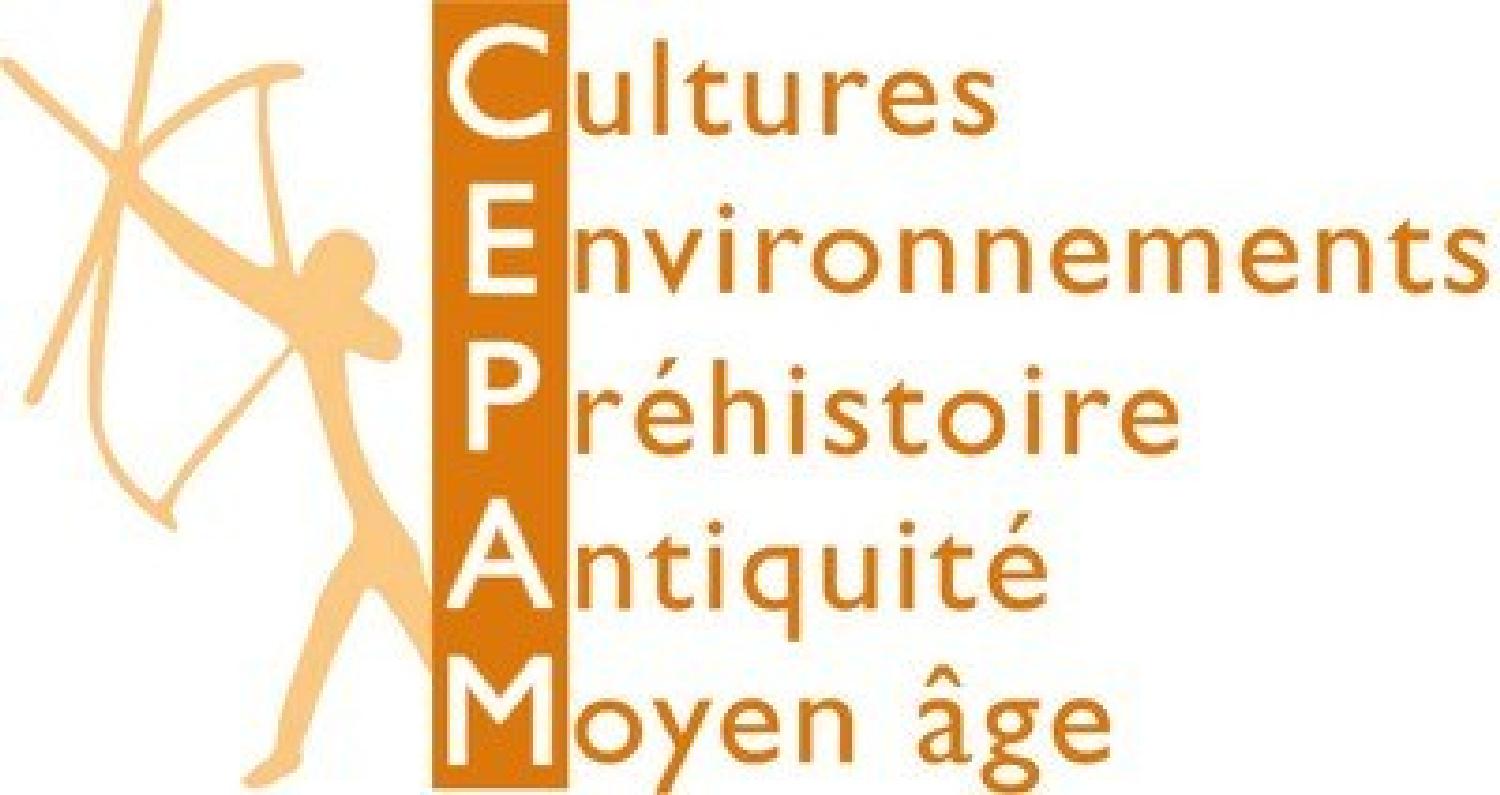Key figures
Created in 2000, by the start of the 2017 school year the unit had a total of 91 members distributed as follows:
• 16 CNRS (7 senior researchers including 3 emeritus, 9 researchers)
• 18 lecturers (5 professors and 13 associate professors)
• 2 CHU (1 associate professor, 1 professor)
• 1 researcher from INED,
• 10 staff from Inrap,
• 5 staff from local authorities,
• 10 CNRS administrative officers and technicians (1 research officer, 5 education officers, 3 administrative officers, 1 technician), 2 Université Côte d'Azur BIATSS (2 education officers),
• 26 PhD students, 1 Postdoc.
• 16 CNRS (7 senior researchers including 3 emeritus, 9 researchers)
• 18 lecturers (5 professors and 13 associate professors)
• 2 CHU (1 associate professor, 1 professor)
• 1 researcher from INED,
• 10 staff from Inrap,
• 5 staff from local authorities,
• 10 CNRS administrative officers and technicians (1 research officer, 5 education officers, 3 administrative officers, 1 technician), 2 Université Côte d'Azur BIATSS (2 education officers),
• 26 PhD students, 1 Postdoc.
Additional information
Archeology
History
Paleo-environments
Archeo-chemistry
Social and regional dynamics
Ideologies and images
History
Paleo-environments
Archeo-chemistry
Social and regional dynamics
Ideologies and images
CEPAM is a highly interdisciplinary laboratory which develops diachronic research on past societies, their modes of operation, their evolution and their relationship to the environment from the Paleolithic to the Middle Ages. The unit is attached primarily to the Ecology and Environment Institute (INEE) of CNRS and secondarily to the CNRS Institute of Humanities and Social Sciences (INSHS) and brings together researchers and faculty from sections 31 and 32 of CNRS and sections 8, 20 and 21 of the National Council of Universities (CNU). The work is based on the consideration of a great diversity of sources and complementary archives, both biological and cultural: lithic and bone tools, ceramics, adornments, colorants; human remains; phytoliths, charcoals, pollen, animal bones, organic archaeomaterials; texts, monuments and iconographic documents. Two master's courses are associated with CEPAM (“History and Archeology of Ancient and Medieval Worlds” and “Prehistory, Paleoenvironment and Archeosciences”).
